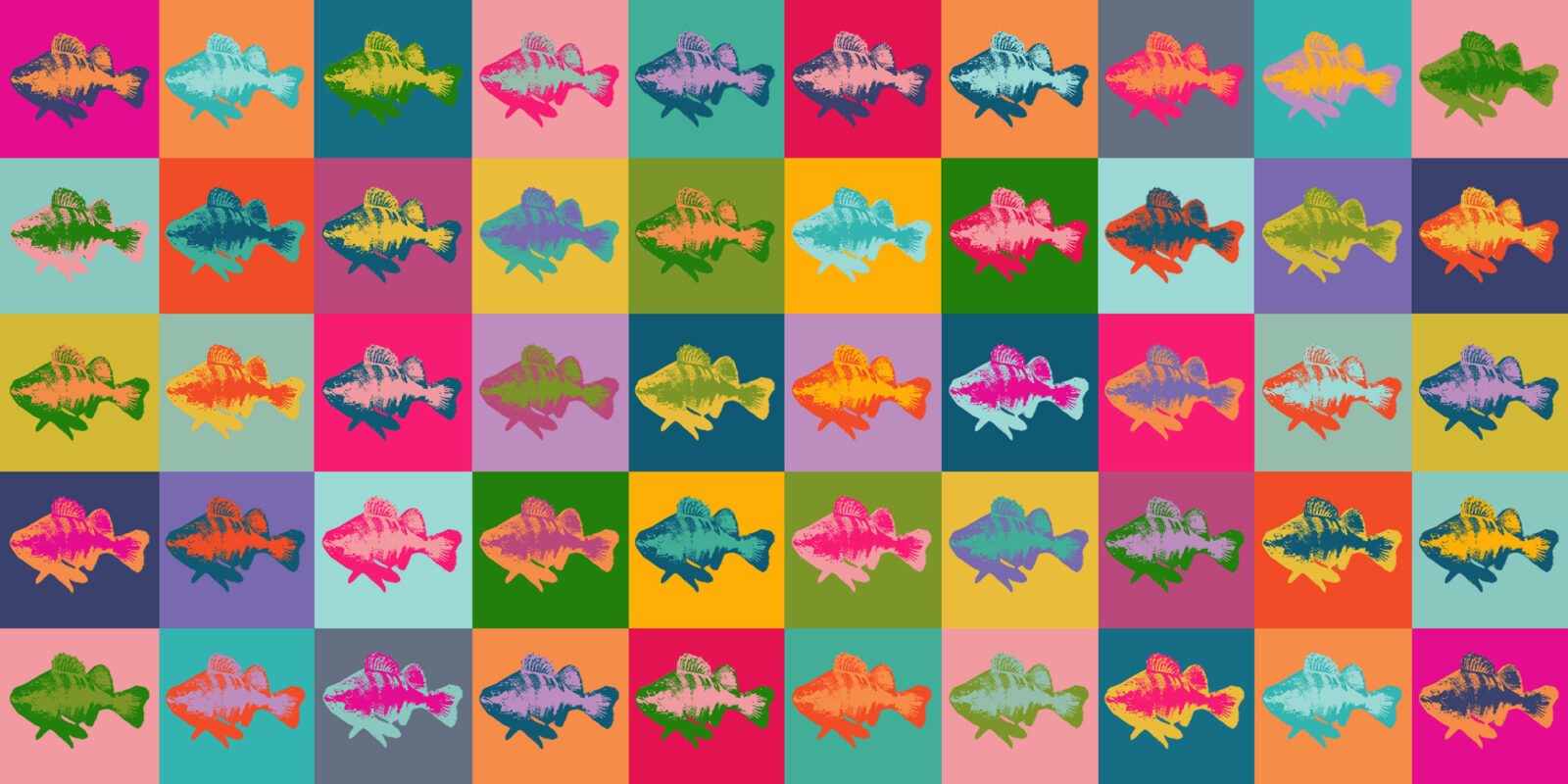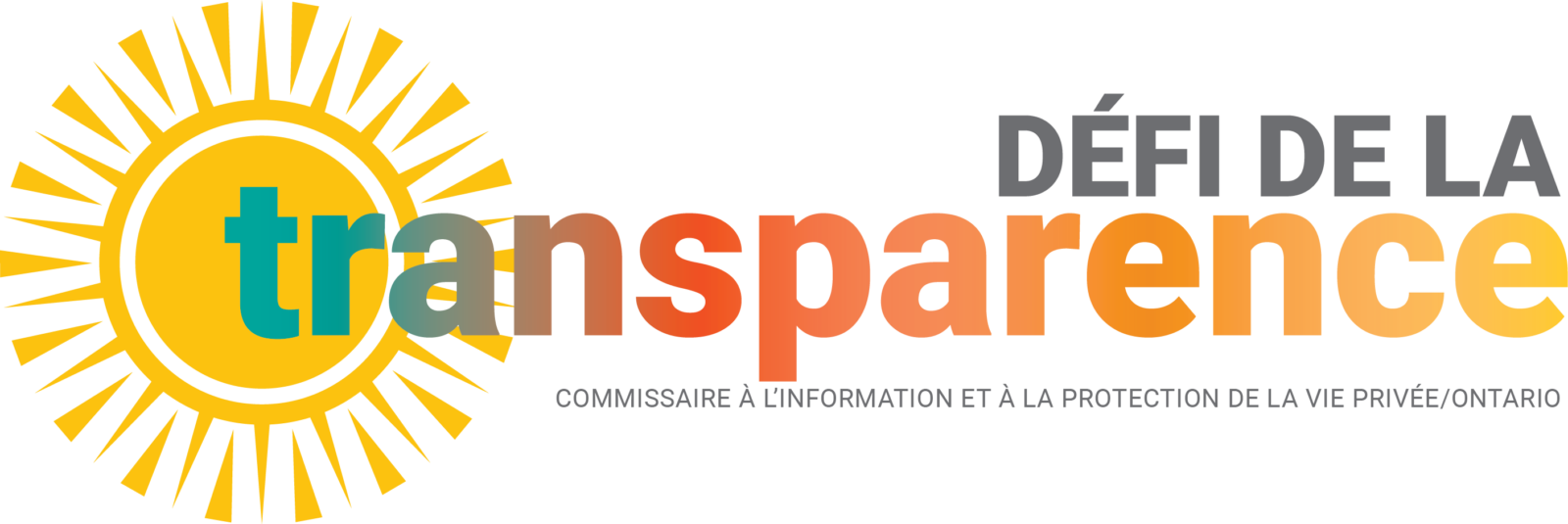
The most common fish found in Ontario is the Yellow Perch, which happens to be one of the 50 species of fish monitored by The Guide to Eating Ontario Fish. What better way to celebrate this iconic fish than with a their very own Andy Warhol-inspired treatment? The piece depicts 50 Yellow Perch in the signature hues of pop art, paying homage to their remarkable presence in the region’s aquatic ecosystem.
Original artwork by Surface Impression (Aedán Crooke) for the Information Privacy Commissioner of Ontario
Ministry of the Environment, Conservation and Parks
Is it safe to eat this fish I caught? The Guide to Eating Ontario Fish can help!
The Guide to Eating Ontario Fish from the Ministry of the Environment, Conservation and Parks shares information to ensure the fish people catch is safe to eat.
Eating fish can be very healthy, but fish caught in Ontario lakes and waterways can also expose people to harmful contaminants. For the past 50 years, the Ministry of the Environment, Conservation and Parks in Ontario has been monitoring over 300 contaminants in more than 50 different types of fish. The Guide to Eating Ontario Fish combines the data the ministry collects about contaminants in fish caught in Ontario lakes and waterways and makes it publicly available.
An interactive map can be searched by fish type to access consumption advisories for more than 2600 fishing locations in Ontario and fish contaminant data. The Guide is used by recreational anglers, subsistence fishers, Indigenous peoples, tourists to the region, and others to help them identify and prepare the types and amounts of fish they catch, so they can make informed choices about the fish they eat. The data collected are also used to inform decisions related to polluted sites, site clean-ups and improved water quality.
Published on the Ontario.ca website, the Guide fully transitioned to an online publication in 2020. It has become one of the most comprehensive and efficient of its kind in the world and is one of the ministry’s most accessed web pages, with over 22,000 visits per year. A resource that offers complex, scientific data in plain language and in an accessible, easy to use format, the Guide to Eating Ontario Fish is an example of how open data can contribute concretely to the public’s health.



